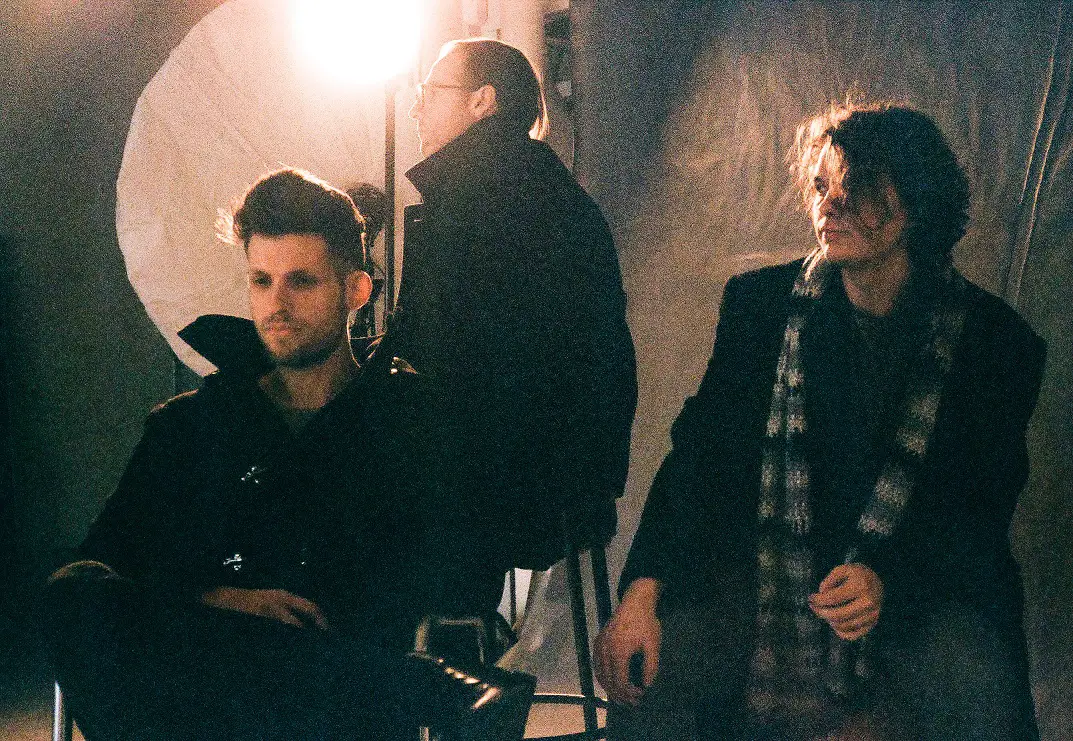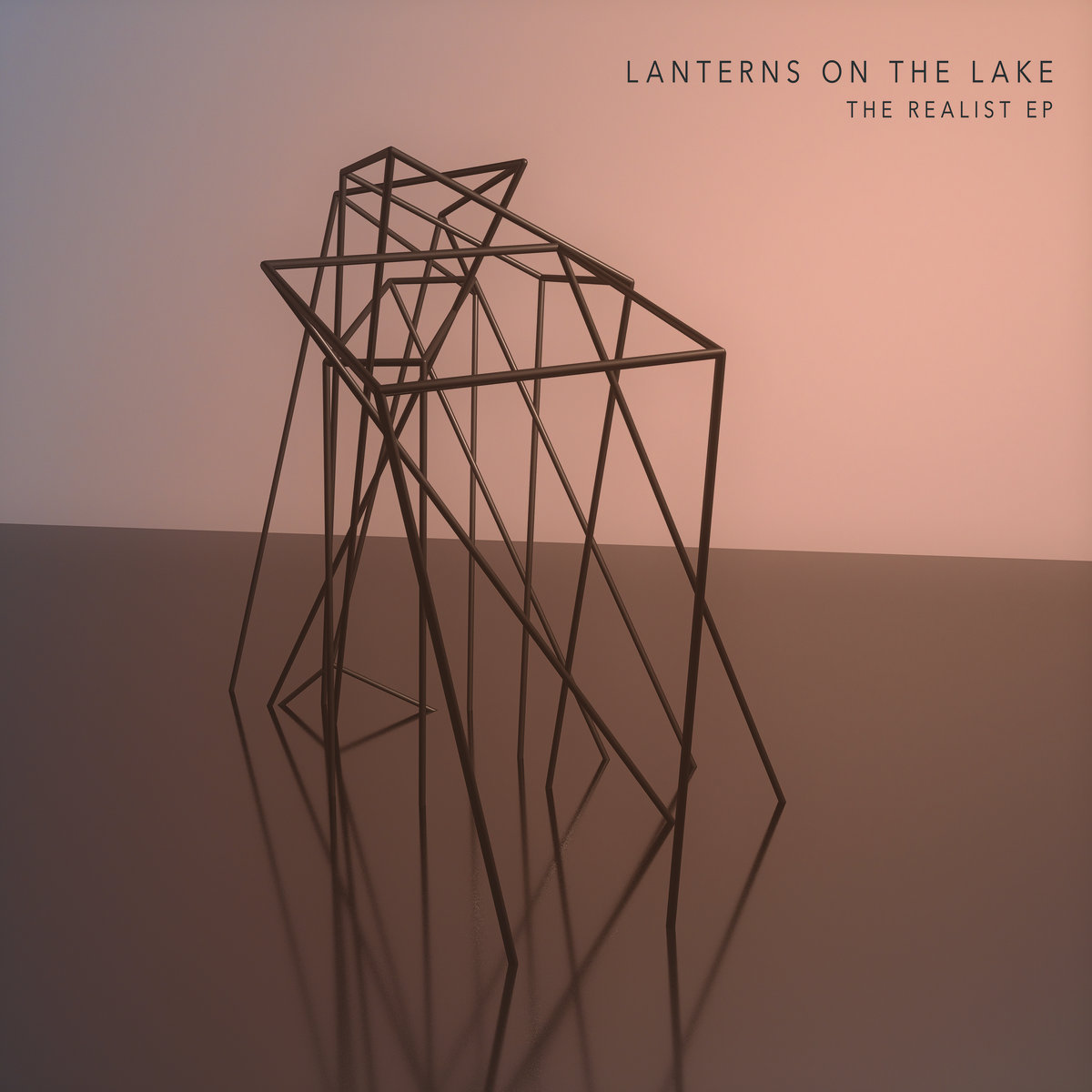The Cure’s album ‘Disintegration’ profoundly enabled me to feel more confident within myself in regard to interior exploration, while their album ‘The Head on the Door’ became a form of reflecting on myself in the world, while the darkness of the album ‘Wish’ felt like my unconscious mind. “Living The Cure” is a weekly column by Atwood Magazine’s David Buyze.
•• •• •• ••
Part Four
“Disintegration”
Now that I know that I’m breaking to pieces
I’ll pull out my heart and I’ll feed it to anyone
Crying for comfort, crocodiles cry
For the love of the crowd and the three cheers from everyone
Dropping through sky, through the glass of the roof
Through the roof of your mouth, through the mouth of your eye
Through the eye of the needle, it’s easier for me
To get closer to heaven than ever feel whole again
I never said I would stay to the end
I’d leave you with babies and hoping for secrecy
Screaming like this in the hole of sincerity
Scream with me over and over and over
I leave you with photographs, pictures of trickery
And stains on the carpet and stains on the memory
Songs about happiness murmured in dreams
And we both of us knew how the end always is
– “Disintegration,” The Cure
The Cure accompanied me from my teenage years till today in contemplating the struggles of awakening into being as a person in the world in which I often felt anxious and socially awkward. There is something within all of this in which The Cure’s album Disintegration profoundly enabled me to feel more confident within myself in regard to interior exploration, their album The Head on the Door became a form of reflecting on myself in the world, while the darkness of the album Wish felt like my unconscious mind.
My own father died of cancer when I was 35 and that exact day of his death was my utmost feeling of entire disintegration. Most unfortunately, I was doing a doctoral fellowship in México at the time and I could only make it back in time for his funeral. In the moment of hearing of his passing, the only person I could contact was my girlfriend at that time, Jacqueline, and she rushed to make a five hour bus ride to be by my side. We spent that night together mourning, drinking, and making love relentlessly as that seemed the only way to come closer to any sense of psychic integration. The next day we departed, and I flew a sorrowful flight back to Canada. A mere months later my own intense relationship with Jacqueline would also disintegrate. Death and intimacy are hazardous companions. In retrospect, she and I fit together like hand in glove as our sexual and intellectual connection was so very organic from the moment we met in the depths of that night in the coastal city of Colima. Even though the reference might be misplaced, she seems to embody the essence of Sabina in Milan Kundera’s The Unbearable Lightness of Being, and oddly enough, one day when I was visiting her in Léon, I felt so utterly compelled to walk into a bookshop and purchase her a copy. Many months later, she found a profound degree of resonance with the novel, and we tried to retreat within each other. And while death and intimacy are hazardous, time and circumstance can ruin all that was that loved and inspired within the delicacy of being human.
*****
I was very close to my father and he created an immensely happy childhood for me as I remember days with him playing hockey on frozen afternoons, joyous high days of tobogganing in the dead of winter in Canada, warm summer afternoons spent cycling around the lake, and hours on the tennis court and golf course trying to be our own best heroes to each other. What I also most fondly recall are our trips to the Netherlands where we would stay a week with his sister Nien and the other week with his other sister Zaar — being immersed with him and his sisters and their families enabled me to inhabit an entirely different cultural experience, and more importantly understand their orientation to the world as to how this shimmered in my being.
I could walk the streets in Oostburg where he walked as a young boy, experience that same beach in Cadzand where he had frolicked as a youth, and make the long beach walk to Knokke by his side to delight in fresh dark Belgian chocolate from the local chocolatier after the warmth and freshness of an early Belgian dinner served family style in an ensconced mahogany dining room with his close friends. Those were the halcyon days of my youth and young teenage years as the world was beginning to slowly appear before my eyes.
This was also a time of awakening as I became aware of the horror and brutality that my father and his family had to experience during the Nazi occupation of the Netherlands during World War II, which in turn left them existentially and economically devastated. This led to his own sense of disintegration, and while my father was able to build a good, or as he would jovially state a great life in Canada, he would always work towards our trips back to the Netherlands, and it was there that I saw him in his true element —eating an uitsmijter as we sat at a cafe on the bike path from Cadzand to Sluis, on his favorite beach restaurant in Cadzand enjoying his usual mosselen-friet, or simply on the ferry from Breskens to Vlissingen with a glass of Heineken. He was also a man that felt only felt liberation and freedom in the true Dutch style of being on his bicycle, and his soul and life remain forever dwelling on his fiets or bicycle, and with those thoughts of him perhaps I feel a slight sense of alleviation amidst my own disintegration.
Time does indeed dissipate all memories and they become condensed and imagined differently across the years. The death of one’s parents renders one adrift in ways that are entirely unimaginable as one needs to learn how to live again amidst the abyss of meaning and the loss of familial orientation. My mother died more than twenty years after the death of my father, and the strangest thing of all, is that after her death and the entire dissolution of parents, siblings begin to vanish. When my mother was alive there was always the insistence of communication and integration, but upon her passing, all that remains is disintegration.
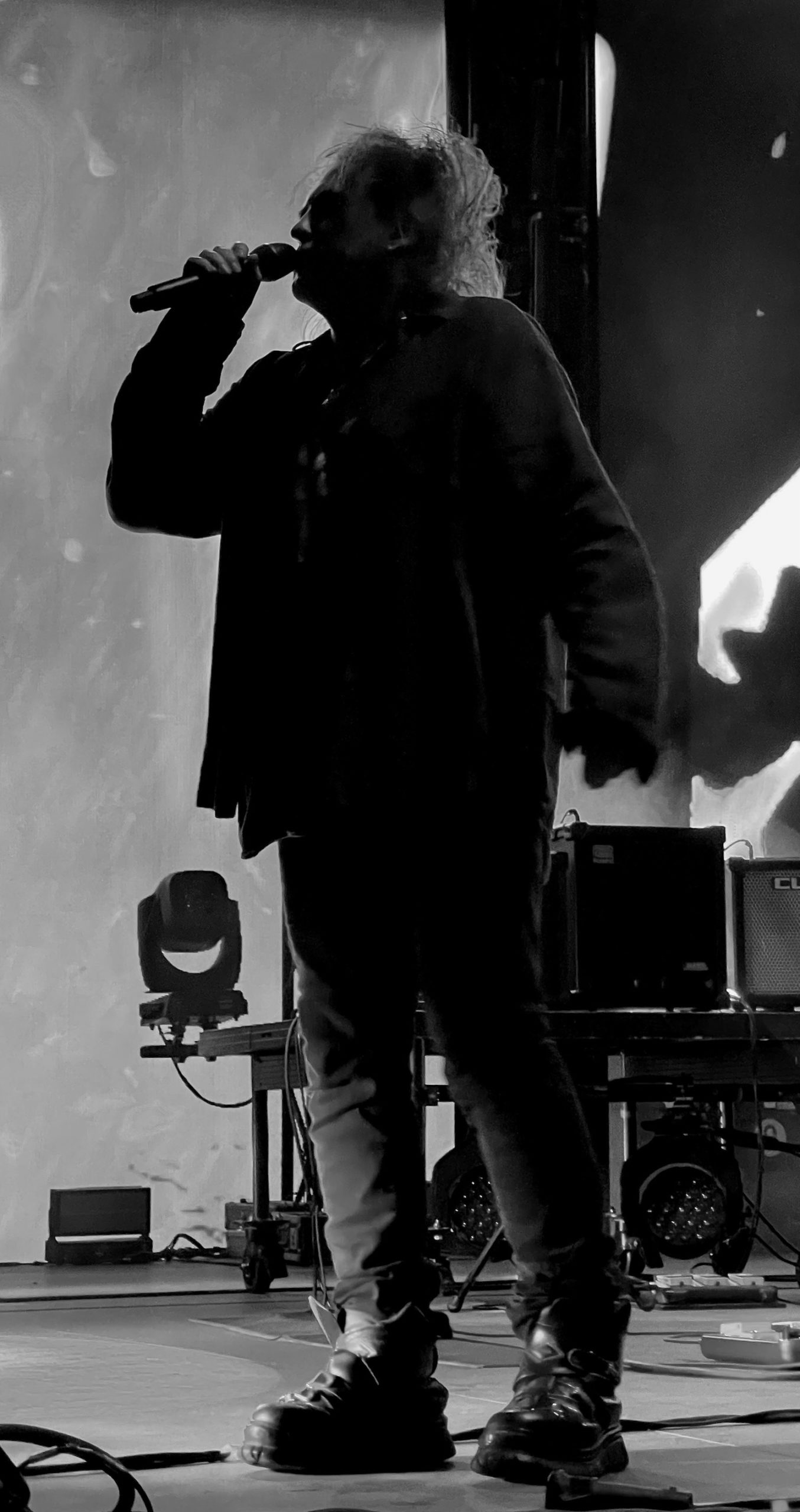
*****
In contemplating how the particular lyrics of The Cure’s song “Disintegration” lend themselves to other dimensions of my life, my thoughts ultimately dwell upon a woman with which I was engaged to be married, and that overwhelmed my life and soul through her precocious sense of being in the world amidst her glamorous ordinariness as she levitated before my being in all her magic. We became so heavily entwined and ultimately integrated within each other’s being and I could never imagine that it would ever be breakable. She was my entire world and meaning and in the disparate realms of our experiences we utterly inhabited each other. She was Isabella who appears to me now as lightly dancing across the realm of my experience in the years that have eclipsed, yet at that time of our engagement we were so innocently and deeply in love in Toronto. My memory is imprinted in her being as it truly seemed that we had our all to make a possible world.
Through circumstance and time we unfortunately disintegrated and broke to pieces, yet till this day we seem to hold onto shards of meaning and connection in hoping to somehow find the means to make ourselves whole again. My thoughts revolve around Isabella whenever I hear The Cure’s “Apart”:
How did we get this far apart?
We used to be so close together
How did we get this far apart?
I thought this love would last forever
– “Apart,” The Cure
After years and decades I remain dwelling within that immense feeling of loss in my disintegration with Isabella, and I can only hope that my photographs of her can once again become felt as real in my remaining days on earth in longing for integration in body and mind in each other’s presence after twenty years. It was a love that was destined to be forever and yet here on earth we remain continually apart and disintegrated.
Isabella, More than you can ever know, I miss you my wonder wall, my own disintegration, ultimately our disintegration. As our voices echo across cultures and time, I feel your precious and luxurious presence beside me in our private room. You levitated my being, but still we have indeed disintegrated from each other.
Stream: “Disintegration” – The Cure
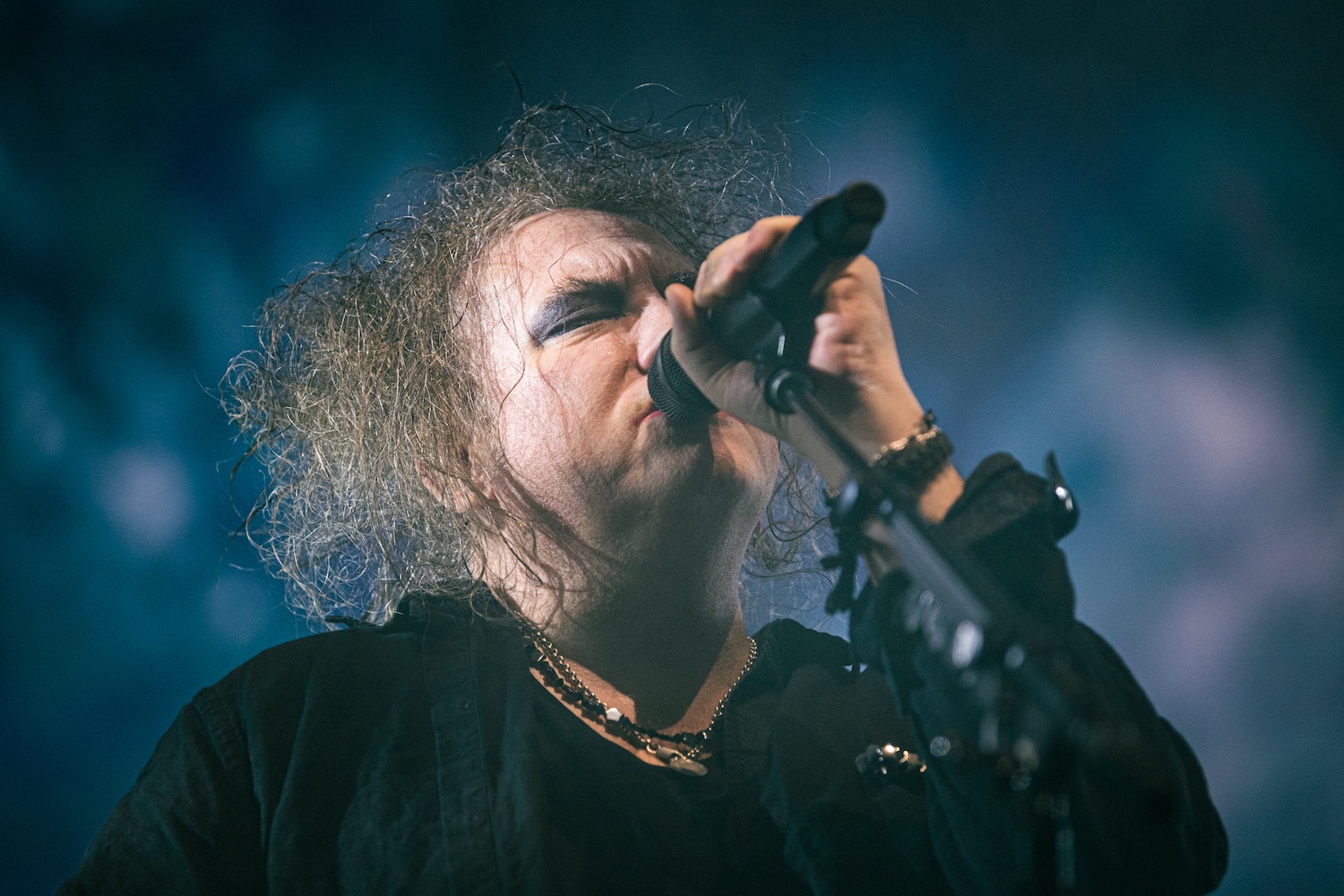
Part Five
“A Letter to Elise”
Oh Elise it doesn’t matter what you do
I know I’ll never really get inside of you
To make your eyes catch fire the way they should
The way the blue could pull me in
– “A Letter to Elise,” The Cure
Tanya
As I listened to The Cure’s Disintegration as a teenager, I had found myself yet barely alive in those barren and frozen plains of Regina in Canada, yet that was where I found a different meaning of home through a relationship with Tanya — her svelte petite stature, mane of beautifully unkempt blond hair with blue highlights, immersive blue eyes, and appropriately worn-in tight black jeans and frayed T-shirt as she swept me into a house of belonging and a community that welcomed the misfits and outsiders. I was in, what was known as the “funhouse” in early 1980s Regina, Canada — very much adrift from the awakenings of Robert Smith as an artist and The Cure as a band. The “funhouse” was an upstairs loft, punk enclave, and a hub of community for the marginalized from the traditional conservative society of this isolated western Canadian small city.
My staid and rather orthodox Christian upbringing had vastly sheltered me from expressions that did not fall within the realm of those things that were sanctioned and sanctified by a Christian church, but clearly my passions and interests were always elsewhere. Tanya exposed me to a world in where I was able to think and feel in ways that I had never imagined possible, and she in turn became the dream that I became enraptured within as she appeared as the embodiment of “Elise” from the song “A Letter to Elise” on The Cure’s album, Wish.
I yearned for Tanya with feverish desire, yet she as well paradoxically kept a confusing degree of guarded distance which might have revolved around her lack of desire while still offering me solace in the interiority of her world. There was an element of her behavior that I always felt so entrancing yet ultimately defeating, as it was if she was wearing down a possible suitor. I was most certainly not a typical romantic suitor in nineteenth century England, but rather a teenager asking to be loved within the idea of a place with her that created solace in my existence. At the end of days, she wound up dating one of my best friends, and so I became that very uncomfortable thirdness which I inhabited to the best of my ability with absolute dread. I thought their relationship was doomed and it did indeed end, and amidst that demise, everything became fractured and we all drifted apart. Till this day, I always wonder about her — she was and hopefully remains so very magical. I do miss her so much. It’s so sad to consider how remarkable connections can be fostered between people and then ultimately, how quickly they become frayed as people that were considered integral to one’s being — entirely disappear from life.
It always seems to be case that dreams of solace with someone are so fragile as they are susceptible to the tensions of desire and the psychological dynamics of how humans connect and also how they become torn apart. Such themes and ideas are continually set into the spheres of contemplation on the albums Wish and Disintegration in dwelling on loss, love, and ephemerality. The Cure are always capturing our existence.
— —
:: stream/purchase The Cure here ::
Stream: “A Letter to Elise” – The Cure
— — — —
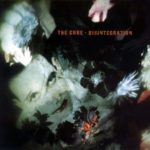
Connect to The Cure on
Facebook, Twitter, Instagram
Discover new music on Atwood Magazine
? © Alexander Trienitz
:: Stream The Cure ::





